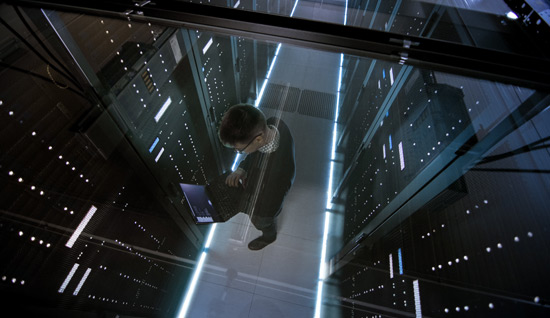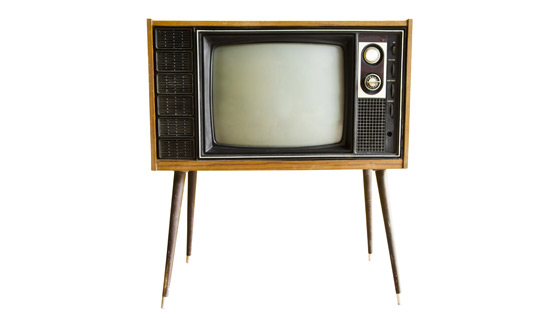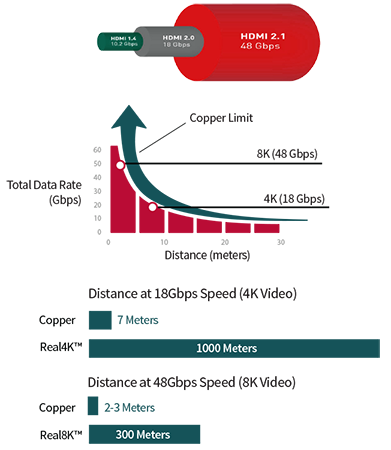Optical Revolution started in Telecom and Datacom
Data rate and distance dictates whether electrons or photons must be used to move information, whether it’s voice, data or video from point A to Pont B.
In the mid-20th century, telephony exploded driving new requirements for data rates and distance. The bandwidth required by telephone networks outstripped the ability of copper wiring. Long distance fiber optic solutions replaced copper wiring and enabled the telecom industry to continue to thrive.
With the rise of the internet, data networks exploded. Once the 10Gbps bandwidth threshold was reached, data centers began replacing their copper wiring with optical modules. Modern data centers have moved from 10Gbps to 400Gbps all built on an optical infrastructure.


